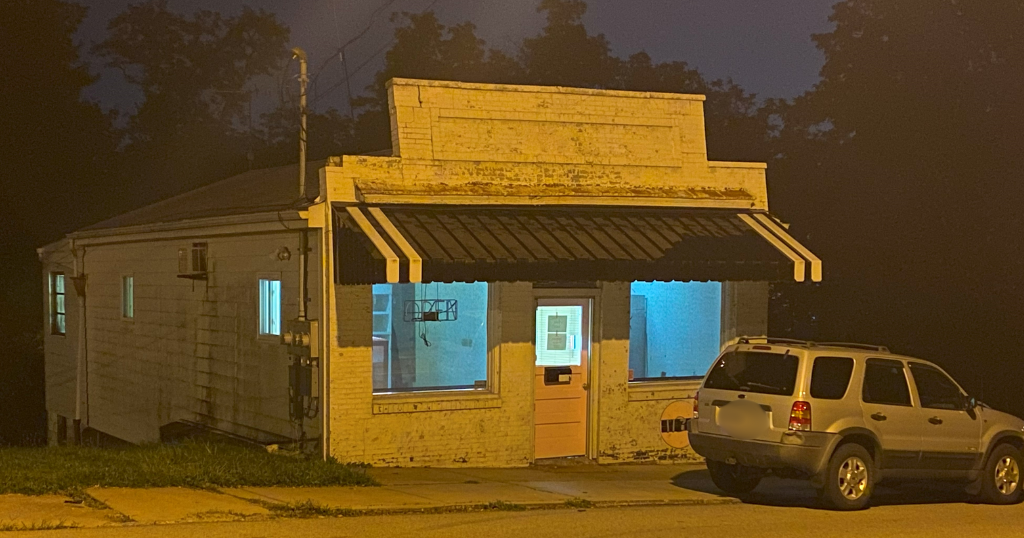MACI Cartilage Repair Offers Alternative To Knee Replacement
PITTSBURGH (KDKA) - Erica Brooks had constant knee pain.
"Going up and down the stairs was very hard. I could hear the crunching and the grinding," she describes. "I would try different braces, different things, nothing would help."
She thought she had a torn meniscus, but when her doctor looked in with a scope: "He said, 'hey, your meniscus looks great.' I said, 'okay great,' but he said, 'the bad news is you're a couple years away from a total knee blow out, and you'd have to get a total replacement, or we could do this new procedure.'"
Her first thought? "I am way too young for this!"
The meniscus is like a shock absorber for the knee joint. It goes in between the two ends of bone -- the thigh bone and the shin bone. These ends are covered with cartilage, and that's where Erica's problem was.
Doctors call this a "defect" -- a worn down portion.
If it's two centimeters across and at least half the depth of the cartilage, you would be a candidate for the procedure called MACI -- or matrix-induced autologous chondrocyte implantation.
Doctors in Europe and Australia have used the technique for years, but it's only been FDA approved in the US since 2016.
During the scope, the surgeons take a tic-tac size bit of cartilage from the non-weight-bearing portion of the knee, package it in preservative and send it to a lab in Massachusetts, where they use the snippet to grow more cartilage cells.
When the slab of new cells is ready, about three weeks later, the doctors do another operation to place them into the defect -- like filling a pot hole.
"That's a much more extensive surgery, and that's where the long recovery comes into play," explains AHN orthopedic surgeon, Dr. Gregory Purnell. "The second surgery is more of an open procedure. Typically, they stay overnight in the hospital for 24 hours."
And as soon as the patient wakes up, the rehab starts.
In fact, when Erica woke up, she found her leg in a continuous passive-motion machine.
She also found herself in pain.
"The pain is very intense for probably the first couple of weeks," she says. "On a scale of one to ten, it's definitely a ten. Maybe higher than a ten."
And she admits the therapy is rigorous, but says it's worth it to keep her own knee.
"Three days a week in physical therapy for a couple hours. Plus it is eight hours a day in a CPM machine for the first six weeks," says Erica. "Puts you down for a little bit, for sure. It's about a year recovery."
Erica had her left knee done a year ago. It went so well, she had her right knee done at Thanksgiving.
She's even found an online support group with other people who've had MACI.
"I was just able to do a straight leg raise yesterday for the first time. I videoed it and shared it with the group. 'Hey, look! I can lift my leg!'"
For some, there's a chance MACI won't work.
"It's really hard to reject your own cells," says Dr. Purnell. "Rejection is not an issue, it's a matter of whether they actually incorporate fully into your knee or not."
If it doesn't, a knee replacement may come sooner rather than later.
So far, it's working for Erica.
"Around that six week to eight week mark, I realized that when I started doing the stairs, with the crutches without a brace, that I was able to bend my leg, that I didn't have crunching," she says. "You know, it is a very long commitment. But it's worth it. Because if you take a year, versus the rest of your life, it's completely different."
Erica continues to build her strength, and hopes to be pain-free for as long as she can.







